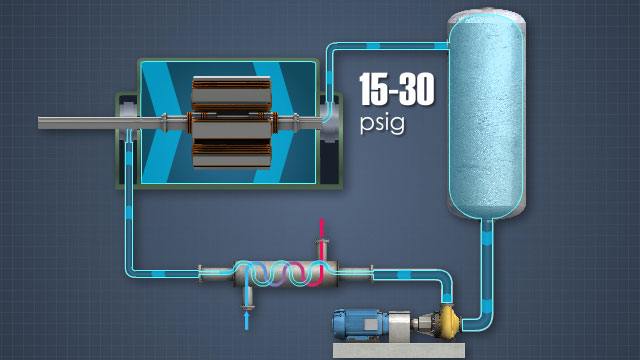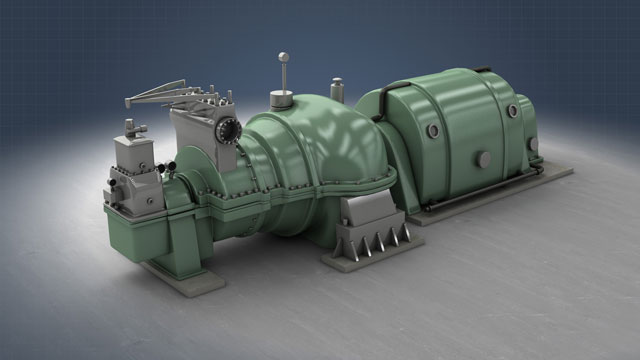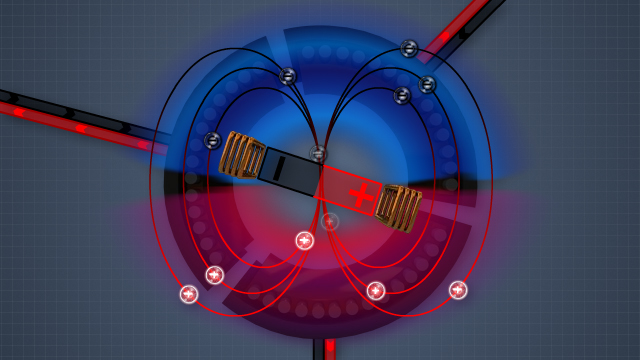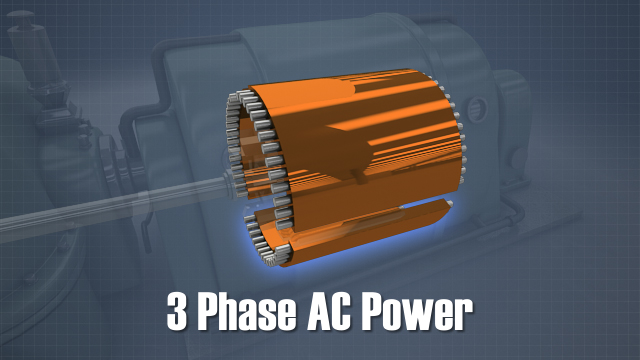Turbine Generator Basics
The steam turbine generators used today produce approximately 85% of the electricity in the United States. The primary supply of electrical energy is made in three-phase synchronous generators with power ratings up to 1,500 megawatts or more. This course discusses the basics of a turbine generator including safety, terminology, design, operation, and the functions of generator protective devices.









Demos + Pricing
Learn more about our courses, get pricing, and see our platform.
Course Details
Learning Objectives
• Identify and describe safety hazards associated with the operation of a generator
• Define the terms, “current,” “voltage,” “resistance,” and “frequency”
• State the goal of a generator
• Identify the major components of a generator
• Describe design of a generator
• Describe basic generator operation
• Describe the function of generator protective devices
Specs
Frequently Asked Questions
What is current?
What is voltage?
What is resistance?
What is frequency?
What is the purpose of a generator?
What are the major components of a generator?
What is direct current?
What is alternating current?
What does a generator protective device do?
Sample Video Transcript
The goal of a turbine is to convert mechanical energy into electrical energy. For example, a steam turbine extracts thermal energy from pressurized steam and uses it to do mechanical work on a rotating shaft. The generator connected to the shaft takes the mechanical energy produced by the turbine and converts it to electrical energy through the use of electromagnetic induction. Electromagnetic induction is based on Faraday’s law of induction. The law states that a wire conductor that creates movement through a magnetic field will generate an electrical current, and that the strength of the current is equal to the rate of change through the magnetic field. So the faster the copper coil rotates, the more electrical current created.













